The Historic City of Kraków, Poland

Hello everyone. Today we arrived in Kraków a city in southern Poland, also known as the Royal Capital. Our journey began at Galeria Krakowska. Your trip will most likely start from this point if you arrive here by public transport. It’s a large shopping mall, but it also houses the bus terminal and the main train station. Although the main entrance of the train station is now closed, everyone accesses the old town through the shopping mall. It takes about 10 minutes to walk to the old town from here. So there's no need to use public transport. In front of the main gate we saw a defense fortress. It was once surrounded by moats, but there's no water now and inside, there’s a museum. Very little of the main gate remains. At the city entrance there are many horse-drawn carriages waiting to take you around the old town. The horses look well-groomed and healthy and there’s no bad smell in the area. The Florian Gate here was built in the 10th century. St. Florian depicted on the tower, is considered the city's protector. Today the gates are one of the symbols that welcome visitors to the city.
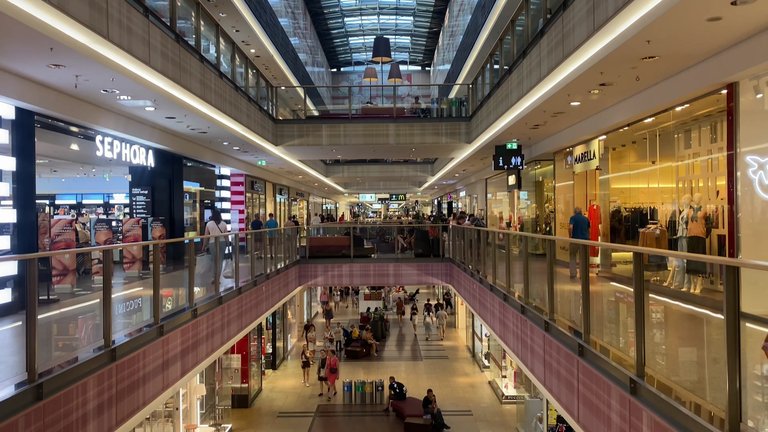
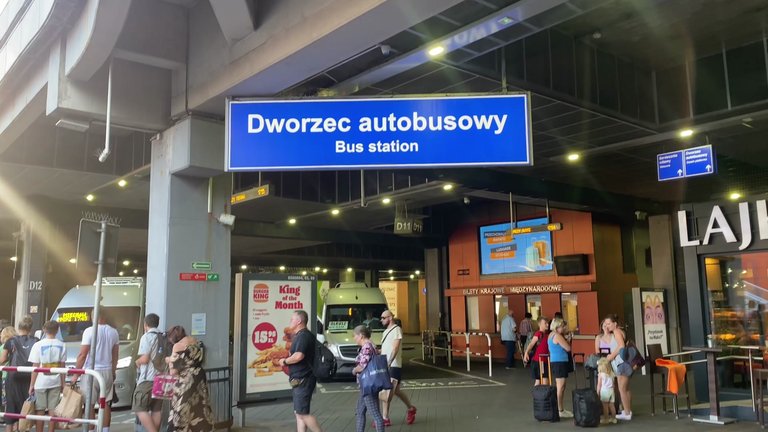
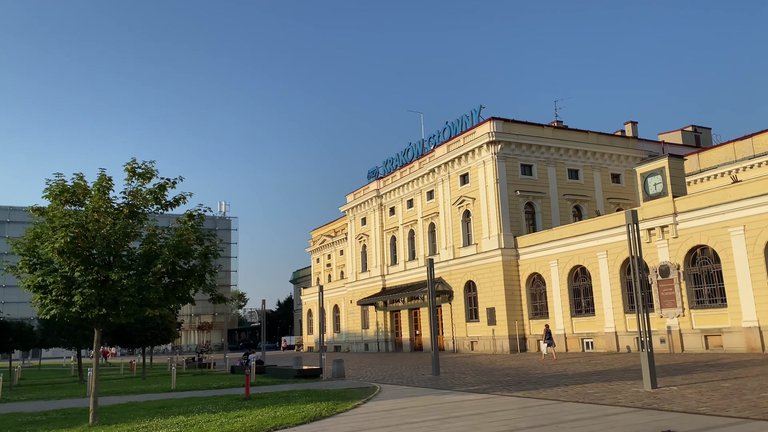
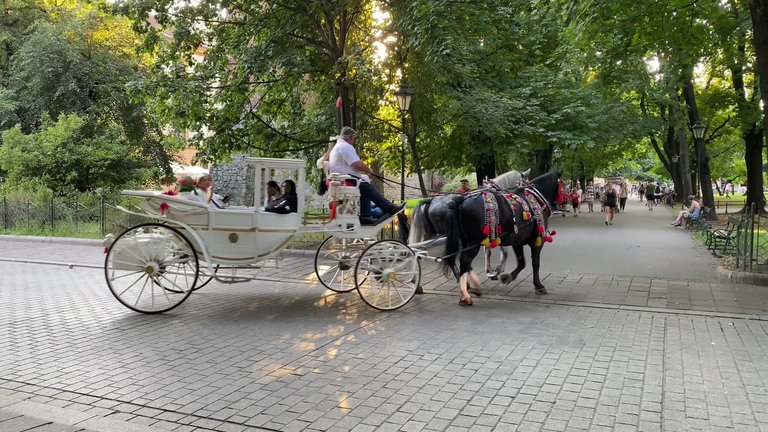

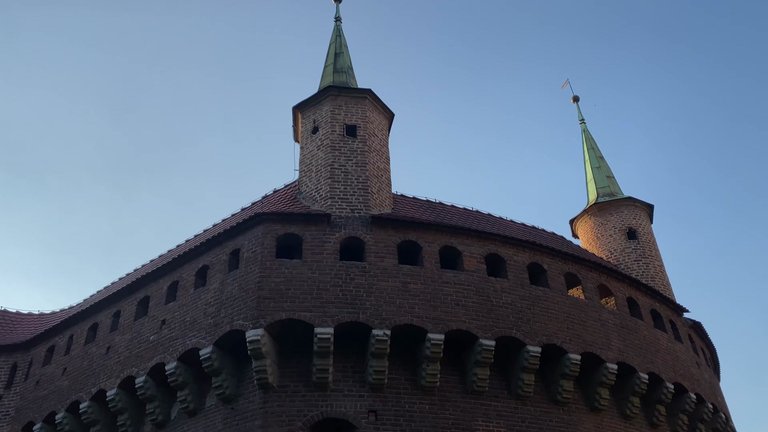
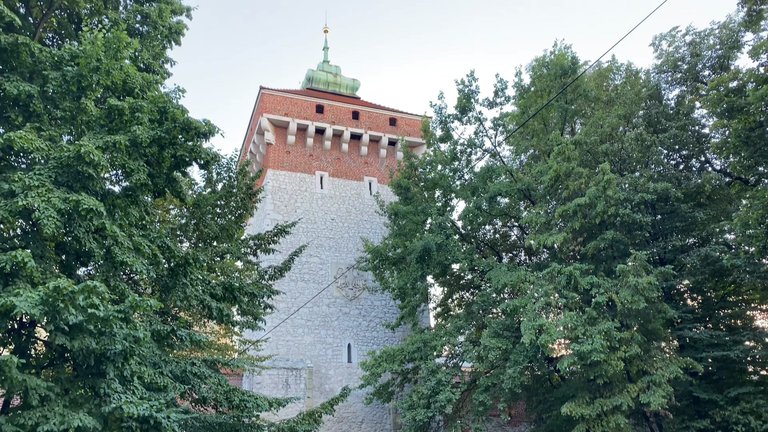
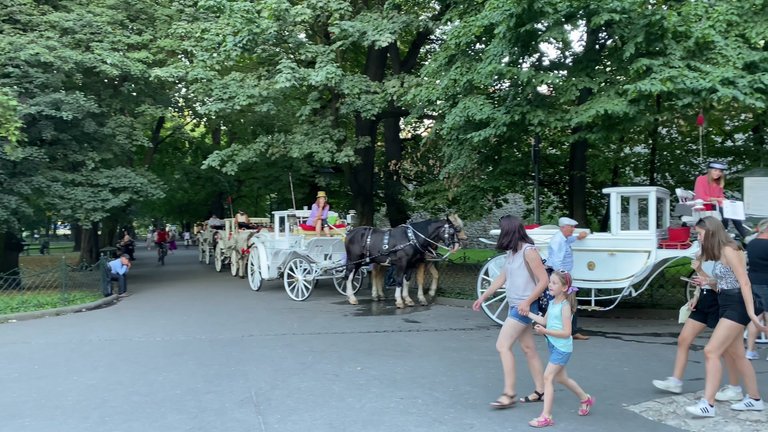

We came upon the dramatic theater after passing through the main gates and turning left. It’s a beautiful and grand structure. Walking a bit further we saw a time corridor displaying the city's history and timeline. Then we approached the heart of Kraków, the largest medieval square a UNESCO World Heritage Site. On the side there was St. Mary's Basilica. There's a legend associated with this cathedral: two brothers started building the two towers, but when one brother became more successful, the jealous brother killed him. Whether true or not the towers different appearances are clearly visible. You can enter the cathedral both for free and with a paid ticket. The free entry is only for a small section. The paid section is for the main part and the altar. The ticket price is 15 zloty and inside is the Mariacki Church. The full name of the Mariacki Church is the Church of the Assumption of the Blessed Virgin Mary and it’s a pride not only of Kraków but of all Poland. It was built on the foundations of a Roman temple in the 13th century. The church has been continuously renovated and expanded over the years and even today, restoration work continues. Inside we were captivated by the blue velvet dome, stained glass windows, sculptures and an organ that hosts classical music concerts. However, the church’s greatest treasure is one of the largest wooden altarpieces in the world dating back to the late 15th century. This masterpiece took 12 years to complete. Every hour a trumpeter plays a melody from the church tower, but there’s a half-finished melody. This incomplete melody is heard only in Kraków, but at noon all of Poland listens to it. This tradition originated when the trumpeter was warning the city, but an arrow struck his throat, leaving the melody unfinished. The attack was repelled, but this incomplete melody became a symbol of time and safety for the city.
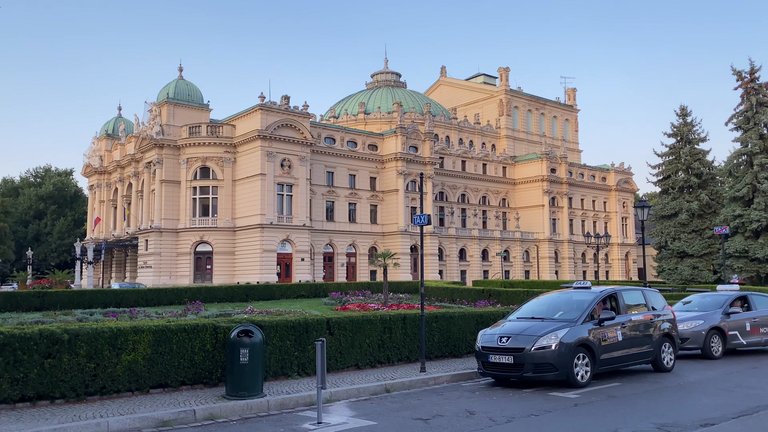
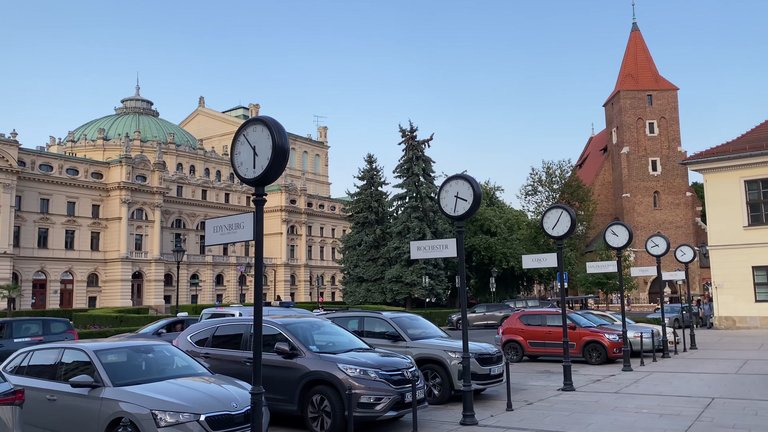
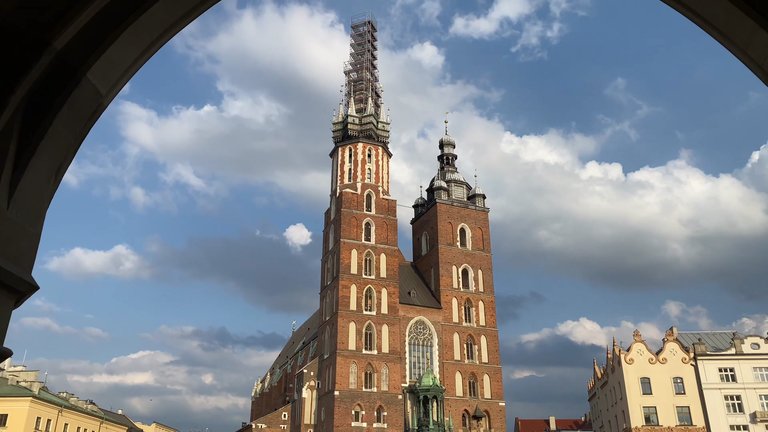
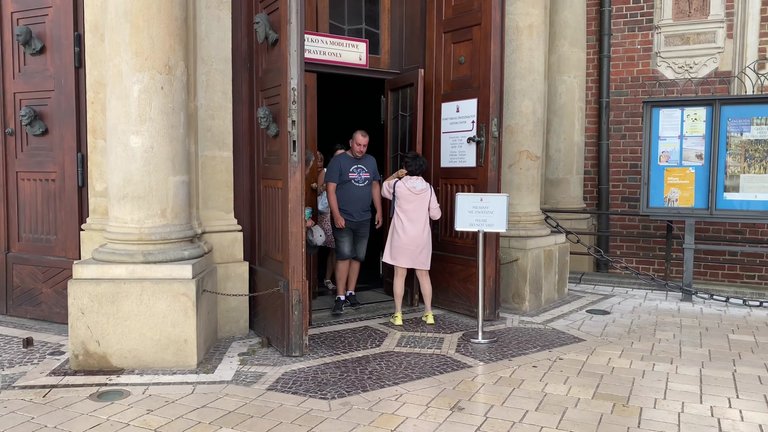

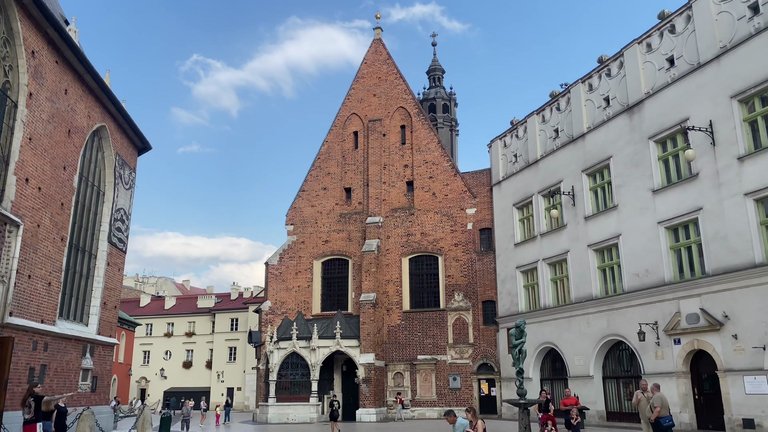
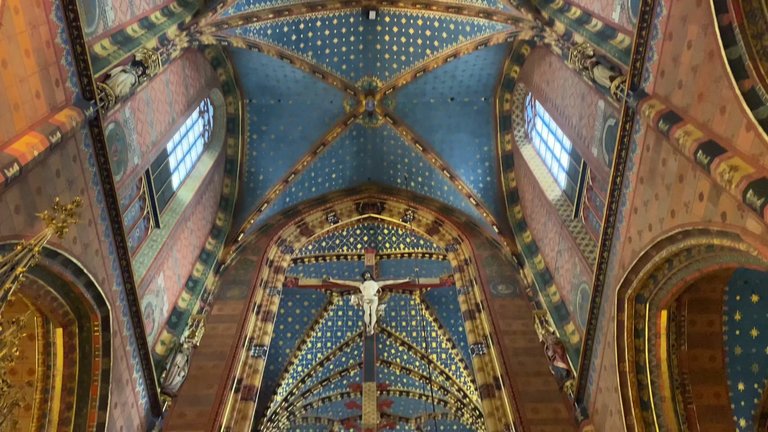
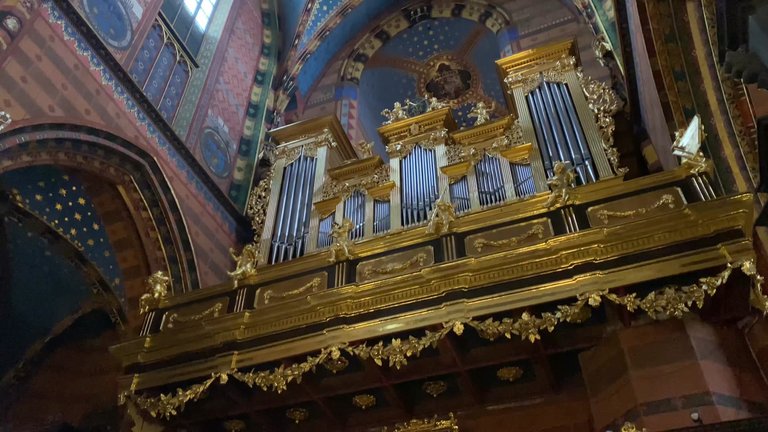
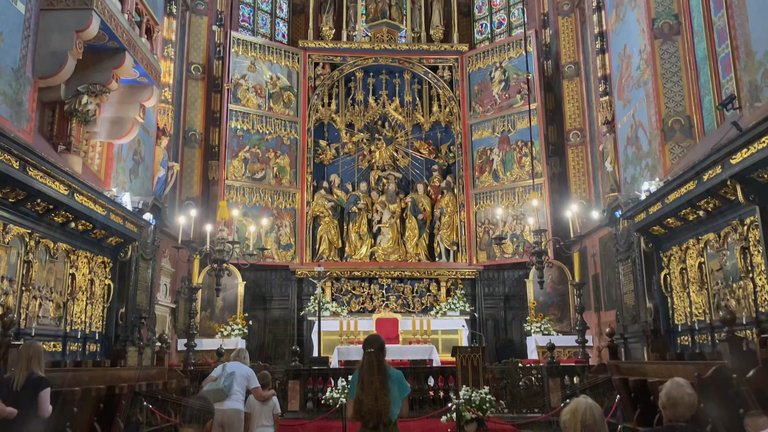
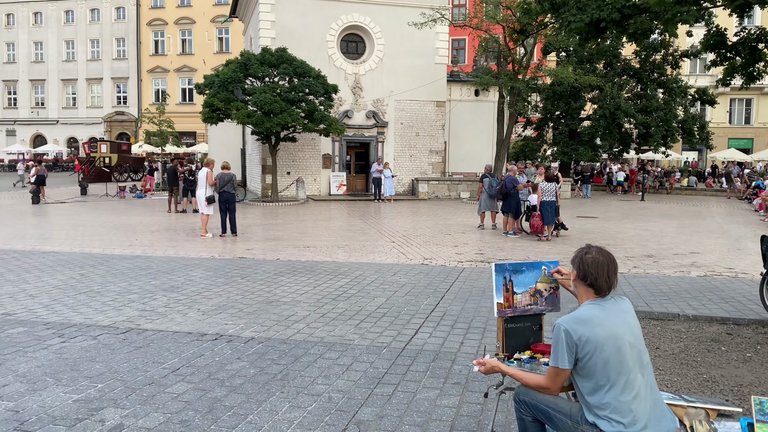
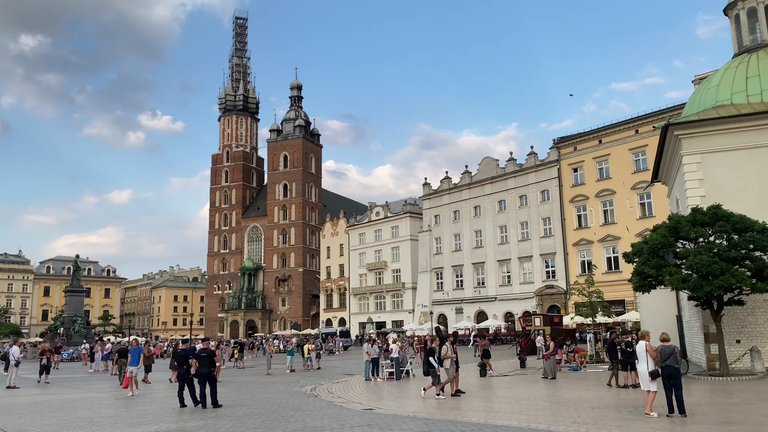

We moved on to Kraków's main square. Rynek Square was built in the 13th century with a square shape, measuring about 200 meters in length and width, making it an impressive 40000 square meters. Since 1978 it has been a UNESCO World Heritage Site along with the old town. In the middle of the square is the Sukiennice or Cloth Hall. From the outside it looks like a palace, but it was actually a market for local textile merchants. Today the building hosts a souvenir market adorned with national colors. And there is a gallery here displaying 19th-century Polish art and the only remaining part of Kraków's first town hall, a 70-meter-high town hall tower. The tower features an observation platform where you can see the old town's panorama, but be prepared to climb 110 steps.

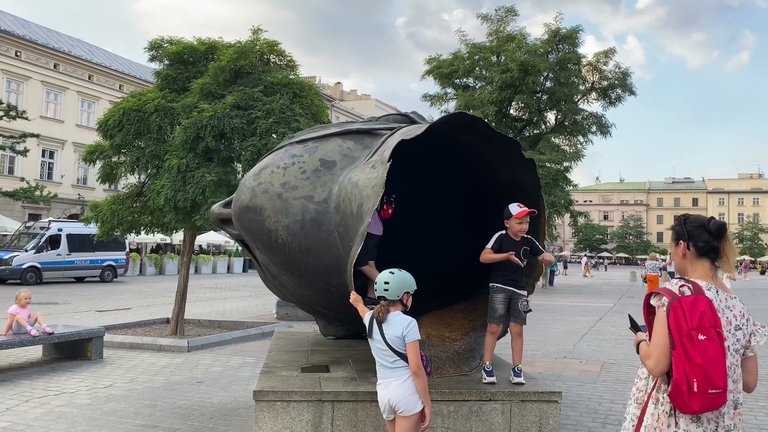
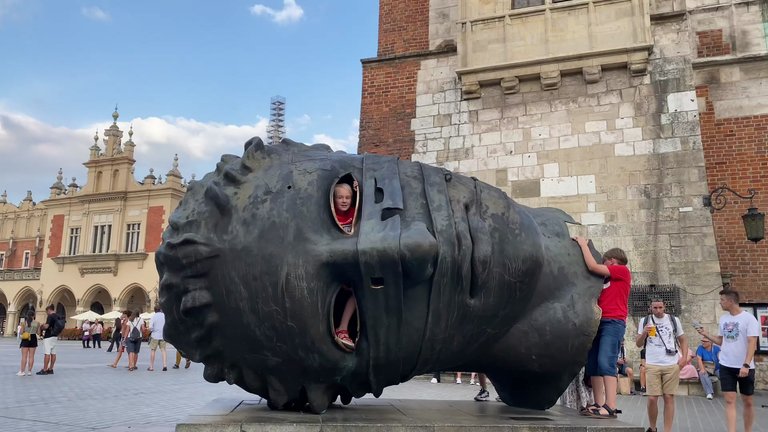
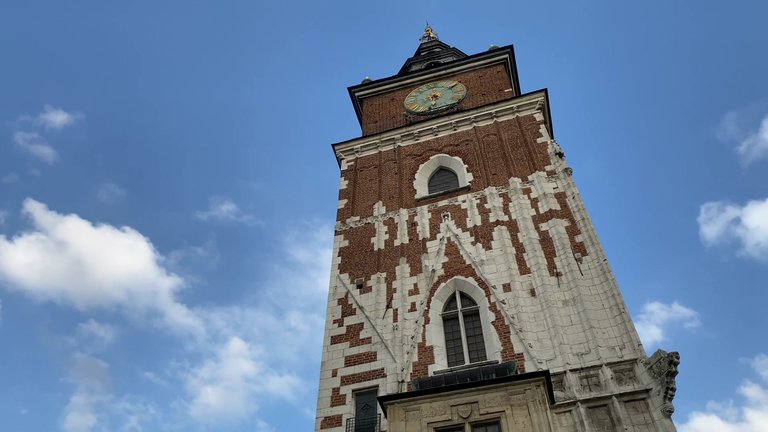
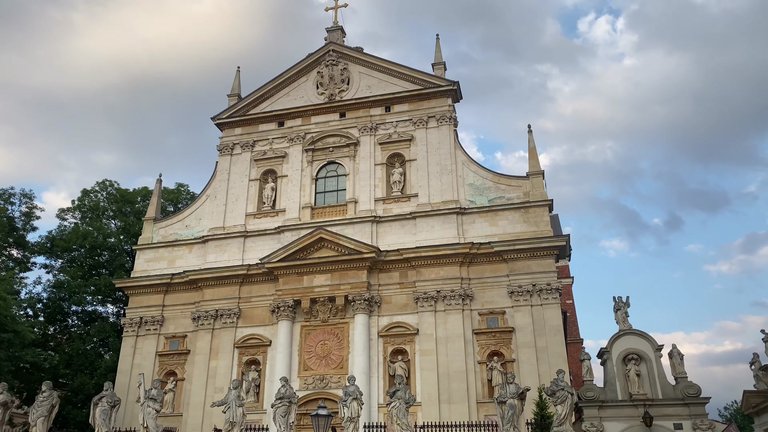
In the center of the square there are fun and refreshing fountains for children. Of course they’re not just for children. They’re fun for everyone. Walking from Rynek Square towards Wawel Castle, we saw St. Peter and Paul’s Cathedral. In front of the cathedral are statues of the 12 apostles and in the evenings, live music concerts are held here. We can say that Kraków has many churches. Over 90% of Kraków's population is Catholic and Kraków's Archbishop John Paul II was elected as the first non-Italian Pope in 455 years. We continued walking towards Wawel Castle. As we climbed to the castle we noticed there was a path suitable for strollers. This path is also laid out to resemble a mosaic. In fact here are the names and donation amounts of those who contributed to the reconstruction of the castle. Climbing to the castle is completely free, you just need enough strength and patience. However, entry with dogs and bicycles is prohibited. As we climbed to the castle we passed the second gate and saw the magnificent view in the courtyard.
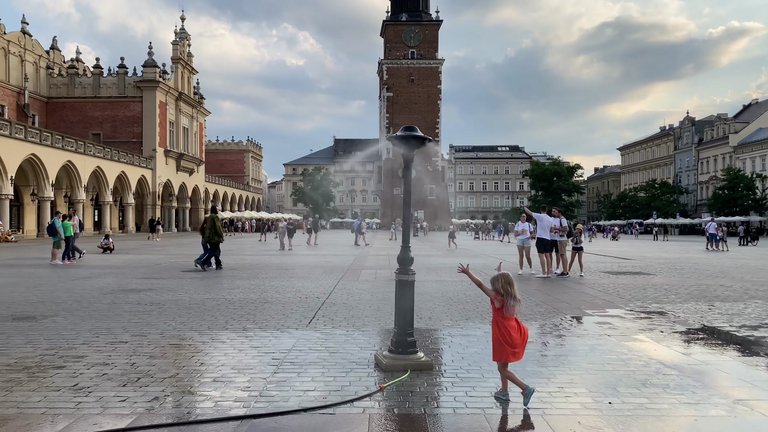
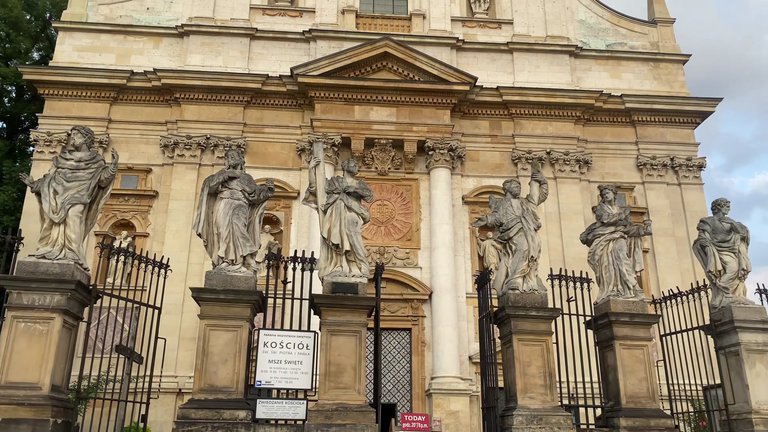

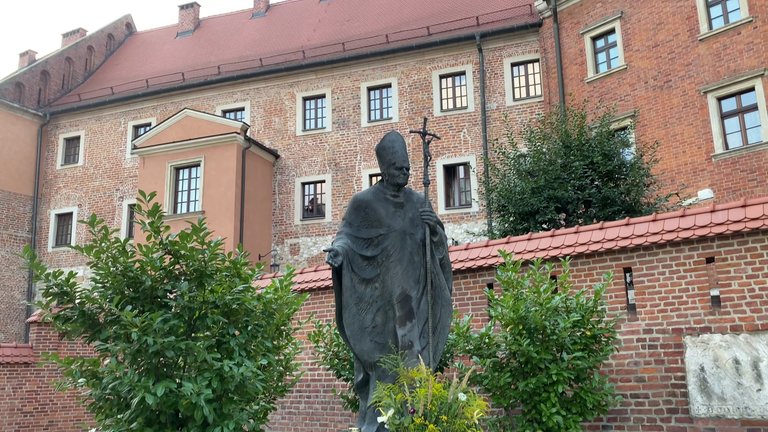

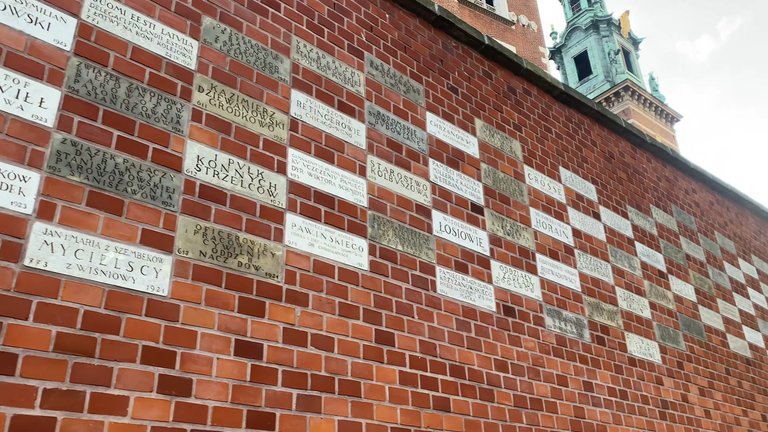
The view is truly stunning looking like a masterpiece. We rested here for a bit. According to the information board at the entrnce, Wawel is situated 228 meters above sea level. The first fortifications were built in the 10th century and a stone castle was constructed in the 1300s. The castle, which suffered damage due to fires several times, was rebuilt over time. Since 1994 Wawel has been declared a historic monument. Today the castle houses exhibitions such as the rooms of Polish kings, the throne room, the armory and the treasury. The Wawel Cathedral, which is also inside the castle, has gained great importance over time. When Kraków was the capital of Poland, the cathedral served as a place of worship for the royal family. In the cathedral’s underground tombs, Polish kings, presidents and archbishops of Wawel Cathedral are buried. The castle also has an observation platform that offers a magnificent view, though some renovation work is currently ongoing.
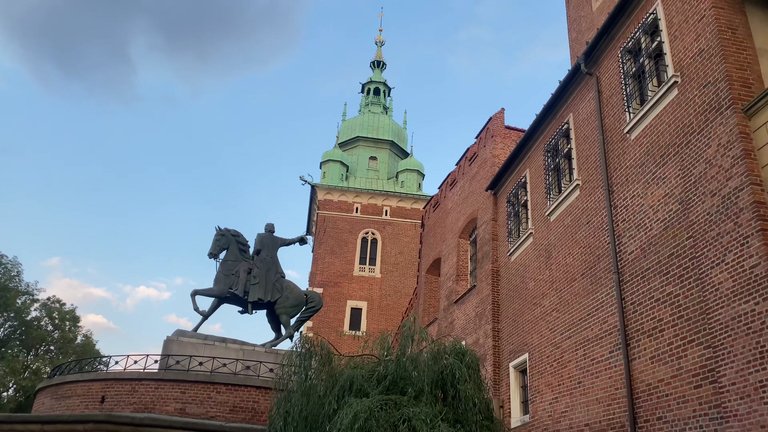
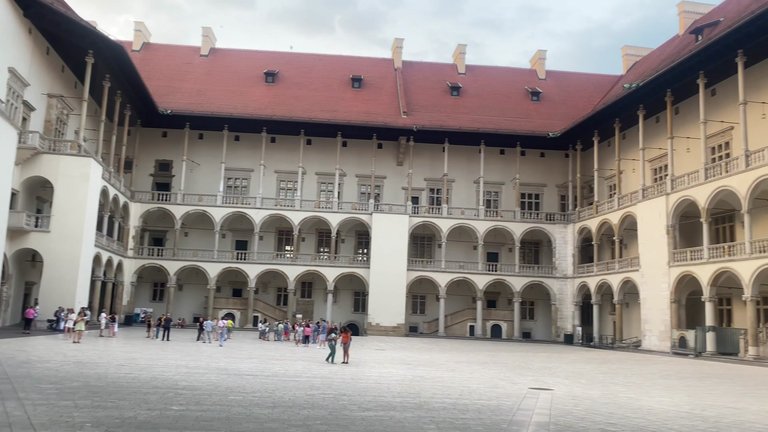
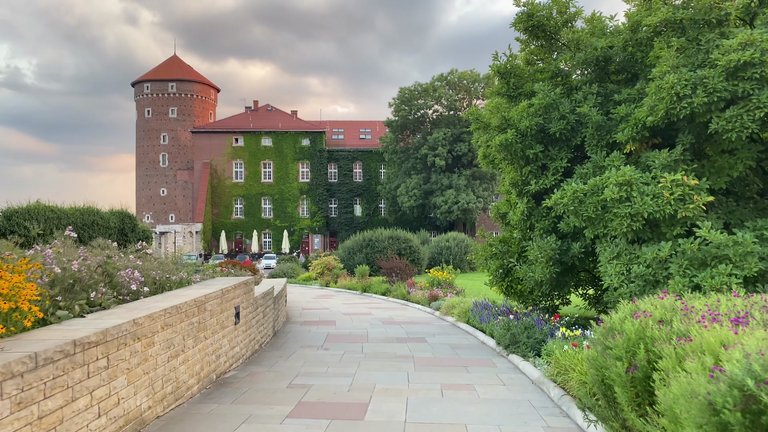
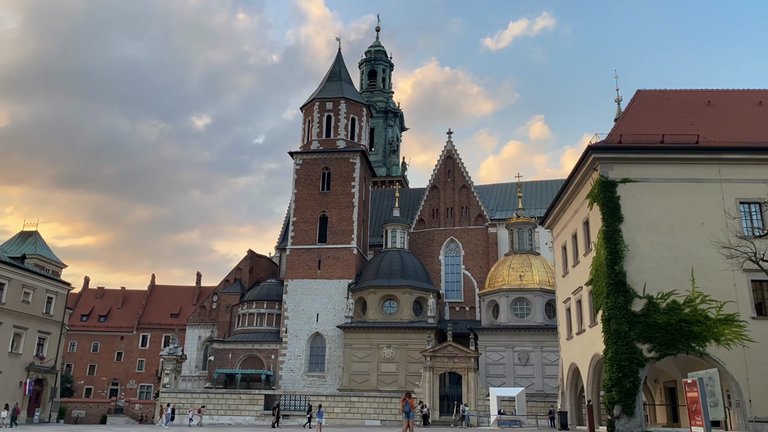
In the evening we began walking along the Wisła River. The riverbank had a really beautiful atmosphere. Walking here is enjoyable not only during the day but also in the evenings. The coolness of the Wisła River, with many different excursion boats and street musicians, makes it a perfect place to unwind and catch your breath. This spot where the Wawel Dragon's cave is located, is also one of Kraków's legends.
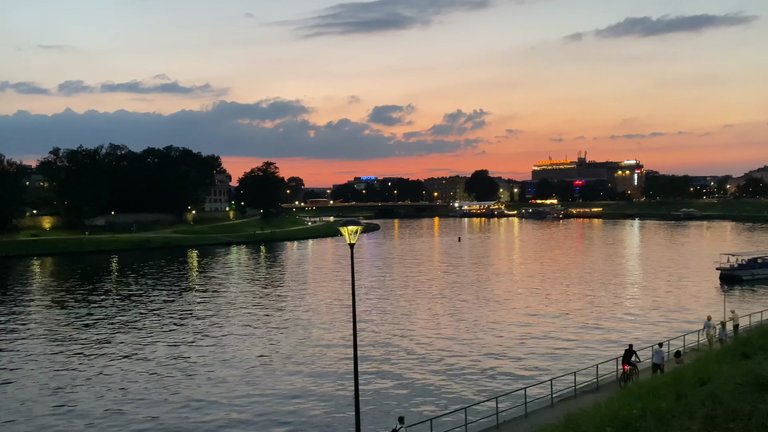
It’s time to talk about where we stayed. It was one of the best alternatives for us because we arrived by car and considered finding a place in the Old Town and parking the car in a parking lot, but parking was really expensive. So we decided to choose a place with its own parking area close to the city center. We decided to stay in a kind of boutique hotel, which was quite well organized. Attention to detail was evident and the room was quite good. The room entry is via a card. If you don't leave the card, the room’s air conditioning and lights do not work. The best part is that they provide two cards. One can be used to charge your devices and the other can be taken with you while exploring the city. The room was quite small, with two separate beds. The window faced the main street where trams passed, but the sound insulation was quite good. There was a small refrigerator and the bathroom was well done. On the first floor of the hotel, there was a Michelin-starred restaurant awarded in 2019.

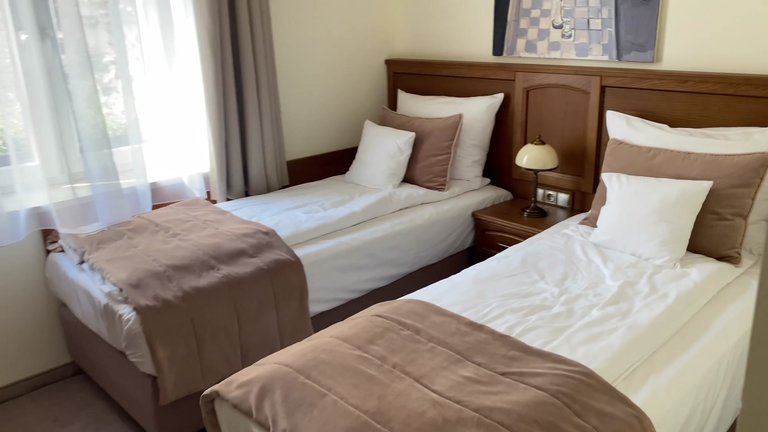
Our second day started and we went to the Kazimierz district, which is located south of Kraków's Old Town. This area was built to strengthen the city of Kraków and was named after the king who planned its construction. Over the years large cities absorb smaller settlements and become a single large city and now this area is part of Kraków. Walking through the streets feels like a ghetto, with walls covered in spray paint and some quite beautiful drawings. Kraków’s fate is closely linked with the Jewish people. Since the time of the king Jews were forbidden to live in the royal palaces and were exiled here, to Kazimierz. They started living here until the Nazi occupation came. They were gathered in this square and sent to the ghetto. Steven Spielberg's film "Schindler's List" was also shot here and the film won seven Oscars. Finding a map showing the locations where the film was shot is now not difficult. This is a full Jewish neighborhood as it houses the Jewish Culture Museum.
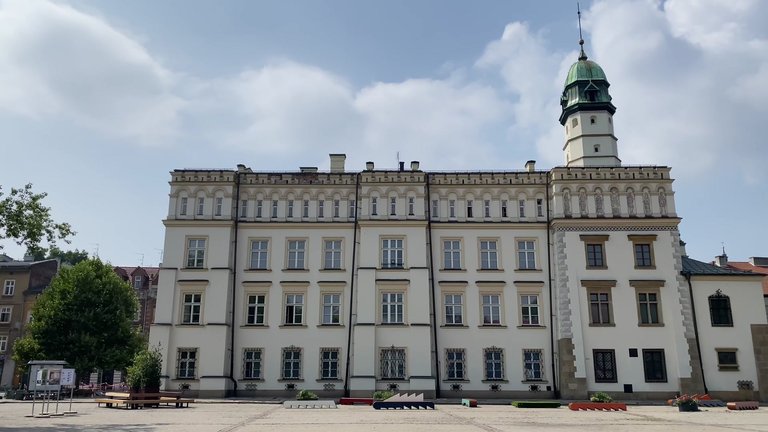
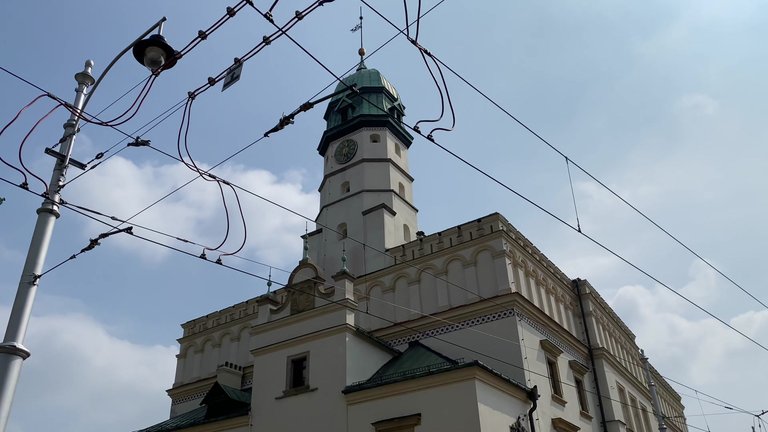

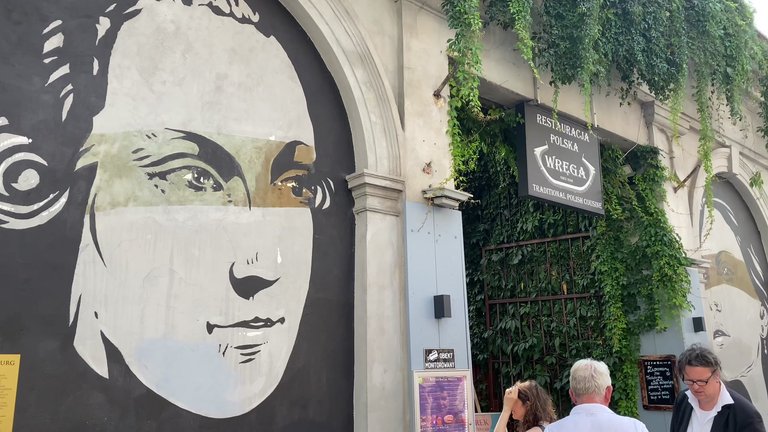

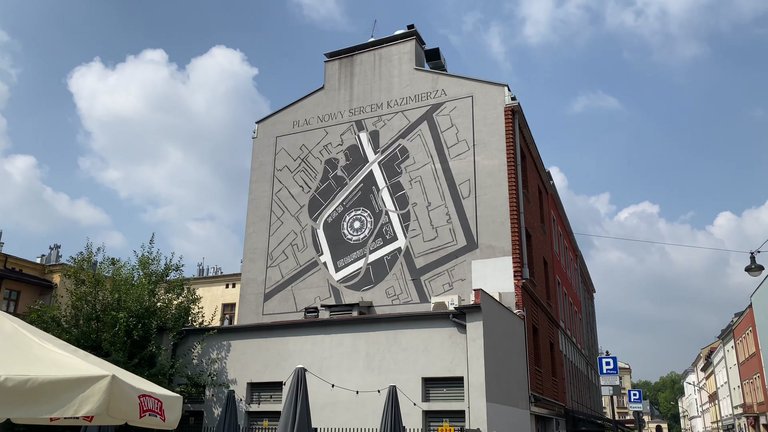
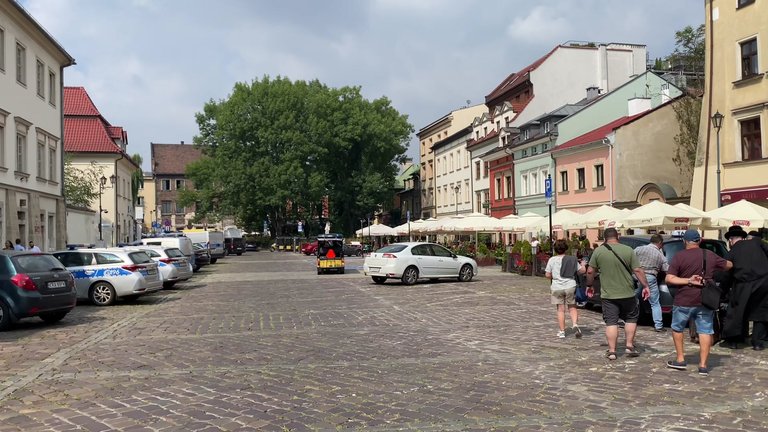
We crossed to the other side of the Lençişki Uprisings Bridge. Here the Wisła River has flag-like structures, ducks and the bridge provides passage for vehicles, pedestrians and trams. We reached the Kraków Ghetto Heroes Square, where during the Nazi occupation, they created a walled-off area and placed all the Jews here. Many were gathered here with their belongings and sent away. This was the last place they saw their families before being sent to Auschwitz. This was a gathering place and most saw their loved ones here for the last time. Now there is a small remnant of the wall surrounding the ghetto in this square. The Schindler’s Factory Museum should be nearby. During the Nazi occupation of Kraków Schindler managed to save 1200 Jews by setting up a factory. "Schindler's List" directed by Steven Spielberg, is a historical drama film that tells the real story of Oskar Schindler, a member of the Nazi Party. This film will remain one of the best films in world cinema. I recommend re-watching this film before visiting Kraków. If you haven’t seen it for some reason, I envy you already.
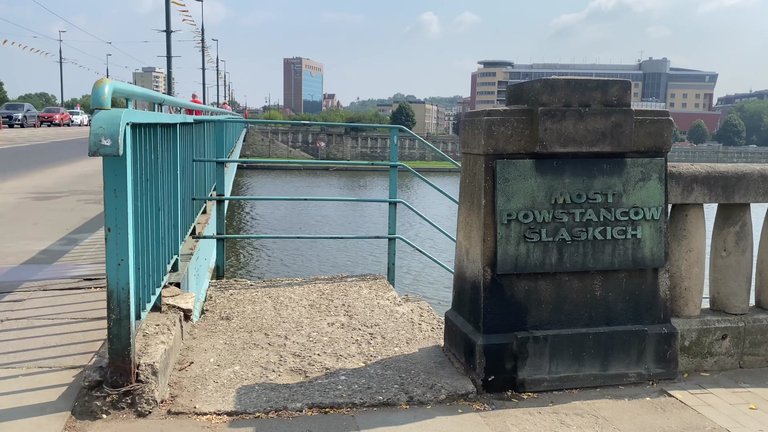
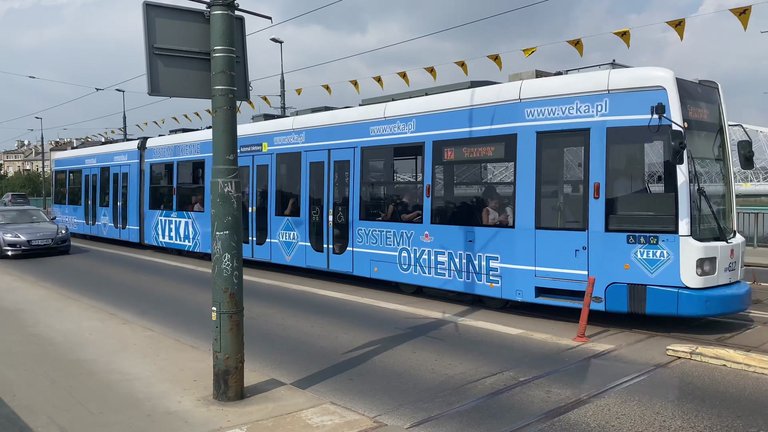
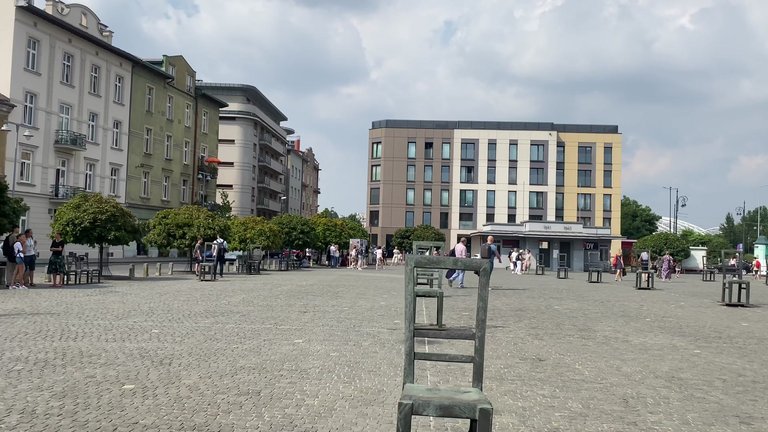

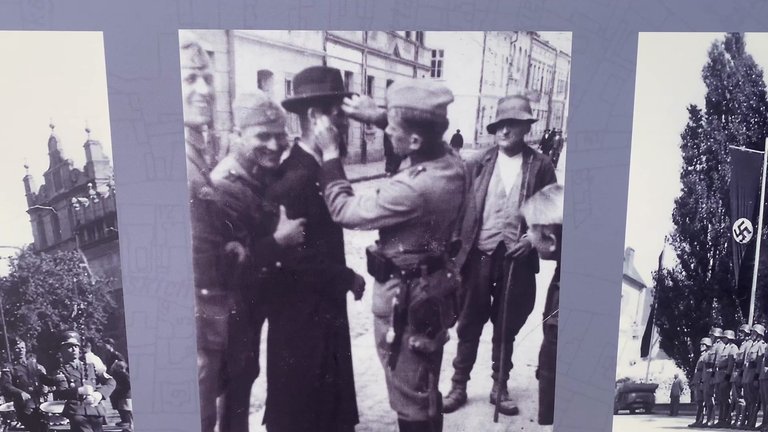
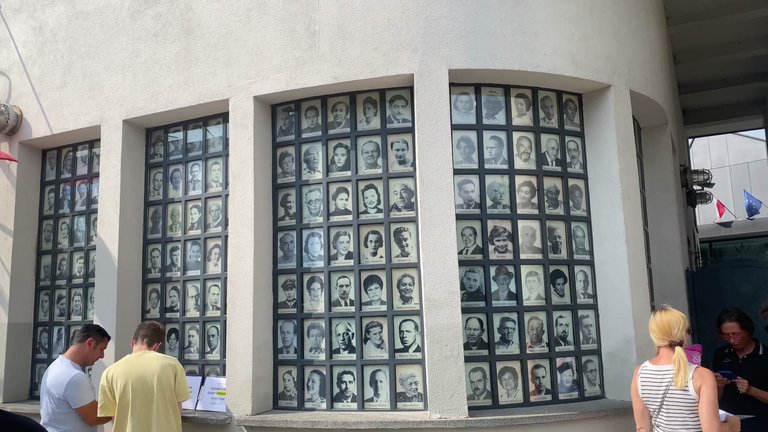
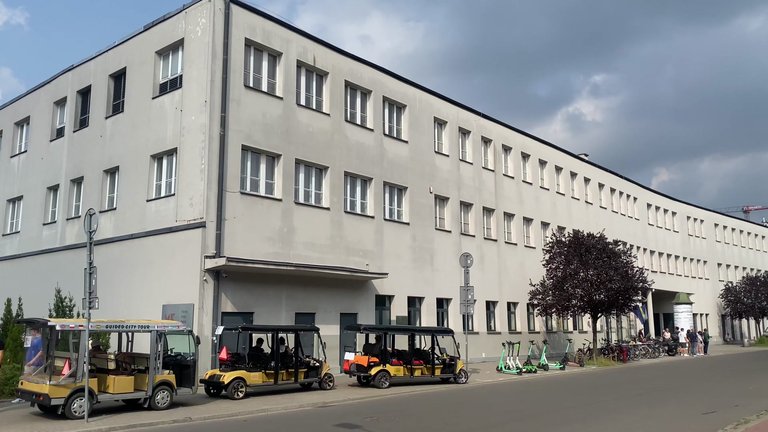
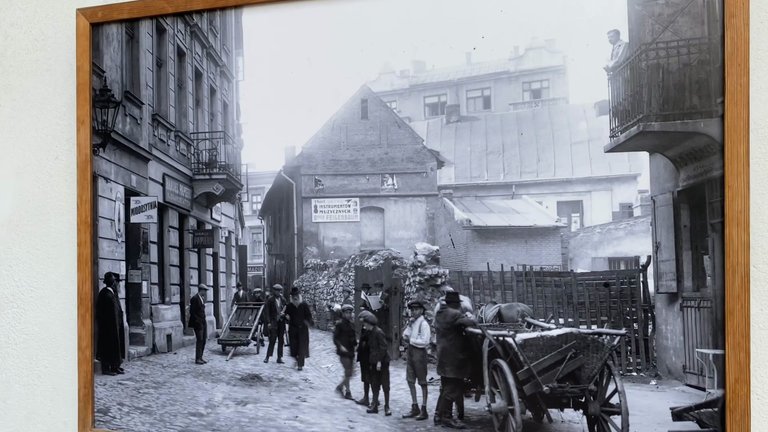
We returned to the central part of Kraków. There is a pedestrian bridge here, one side for pedestrians and the other side for cyclists. The bridge is completely covered with padlocks. There are pedestrians walking on the bike path, so caution is needed. I really liked that Kraków's Old Town is surrounded by a park area. The city has maintained its connection with parks, forests and nature.
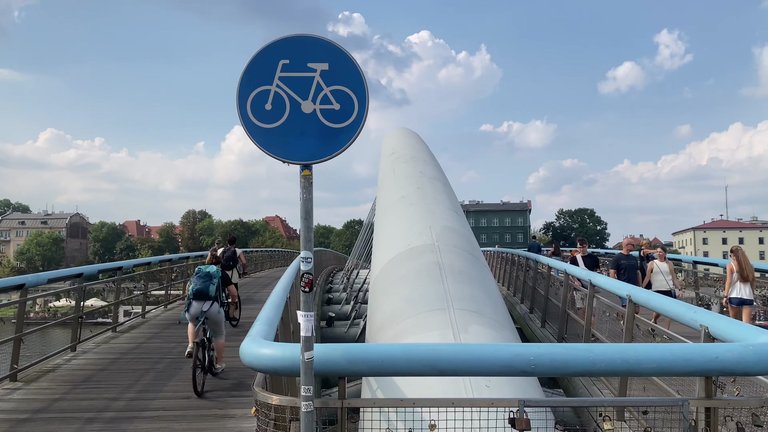
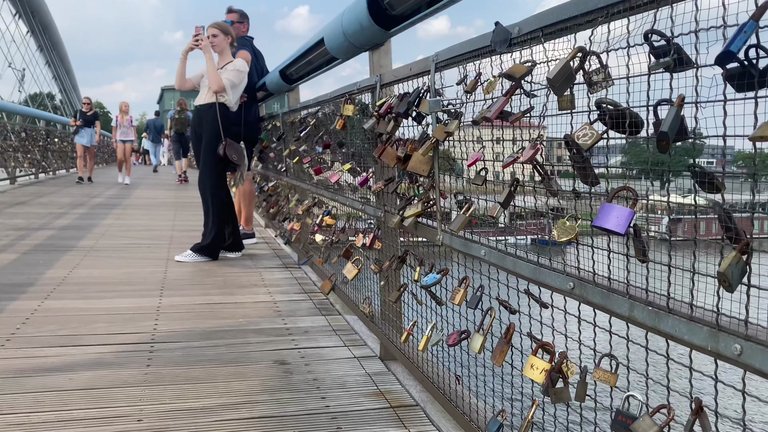
We drove to a very nice place, located a bit south of Kraków. This place opened in the summer of 2023. There was a long queue. Here, there is a water-filled quarry from the 90s. It used to be a place for adrenaline junkies, where people came to jump off cliffs and dive because the quarry’s depth reaches up to 20 meters and there is a sunken bus underwater. City officials invested 10 million euros here and built five pools on the water. The depth of the pools ranges from 40 cm to 2 m.Each pool has a wooden deck around it for sunbathing. This place is also known as "Little Croatia" Although we didn’t reach our exact destination it turned out to be quite an interesting place. Entering the pool is nearly impossible on good weather days. People say the queue is so long that they wait 1.5 hours. We didn’t want to spend that much time and went to the beach behind the pool. It was a bit quieter there and the water was very clean. The only downside was that the ground was completely covered with stones, making it uncomfortable to sit or lie down on the stones. Still we swam and cooled off, then continued on our way.
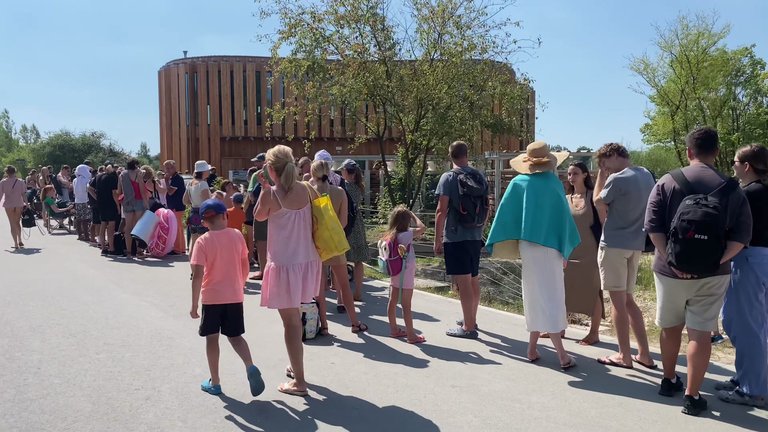
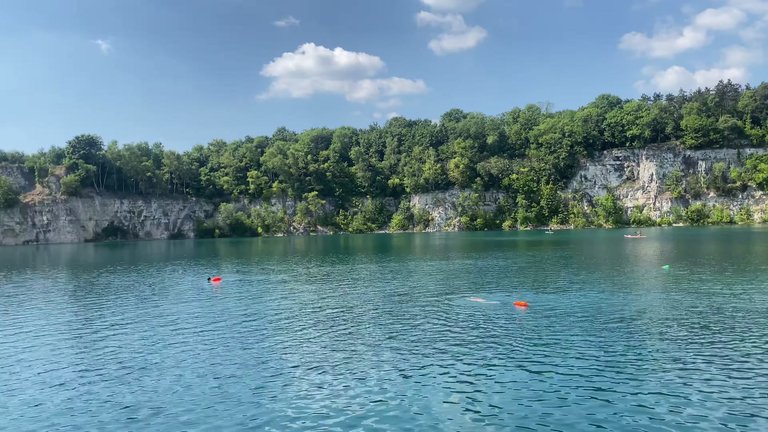
Then we passed by the pool and the queue was still very long. You had to wait for someone to leave before you could enter. So, it was a complete ordeal. However, there are changing cabins right at the entrance, which is a nice thing. We changed our clothes there right after swimming. The cabins are free and there are also toilets.
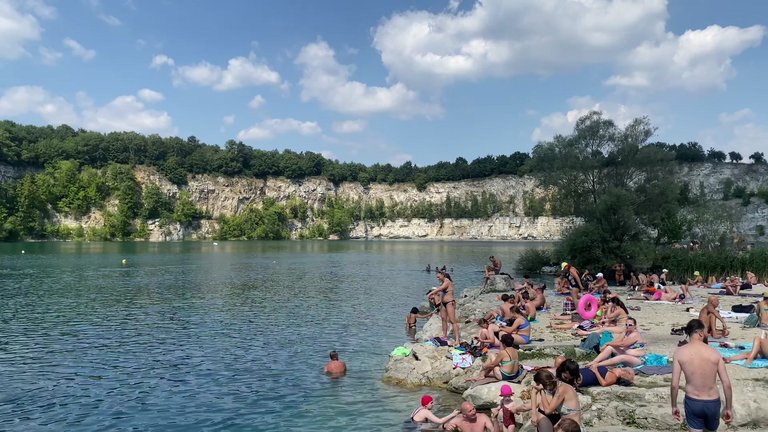
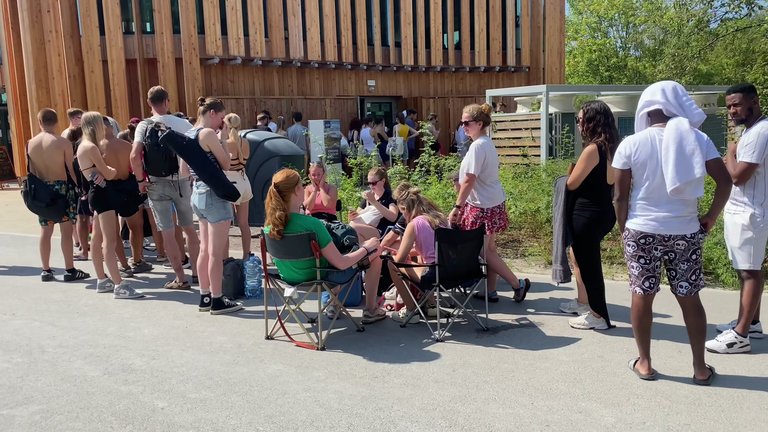
Tourists coming to Kraków usually add a visit to Auschwitz to their itinerary. This place is known for its "Work Sets You Free" gate and is one of the most horrifying places in the world. During the Nazi occupation three camps were established here. It is the largest site of mass extermination in human history. More than 1.5 million people were killed here. They were poisoned in gas chambers, forced to work, starved and subjected to medical experiments. Most people survived only a few weeks or months. Those who were too ill or weak to work were condemned to death. The barracks remaining in the camp have been turned into a museum. It is hard to imagine the horror and suffering these walls have witnessed. Inside there are piles of prisoners suitcases, pots and pans, a large heap of shoes and small children's shoes. But the most horrifying are the mounds of human hair. This was a terrible period for humanity. We went inside and I want to immediately point out that Google’s listed parking was incorrect. The correct place to park is directly across from the entrance. The only good thing is that the museum is completely free. You just need to provide your ID and get a specific time for entry. We arrived at 16:00 and got in at 16:45. You can also pay 70 zloty for a guided tour. This might be a better option because the guide explains everything accurately. Of course it’s a terrifying place, but for those who have some knowledge of history, it won’t be too surprising. The only great thing is that they preserved this place historically instead of destroying it so humanity can learn from these events and never repeat them. The ending is a bit melancholic, but it’s part of history.
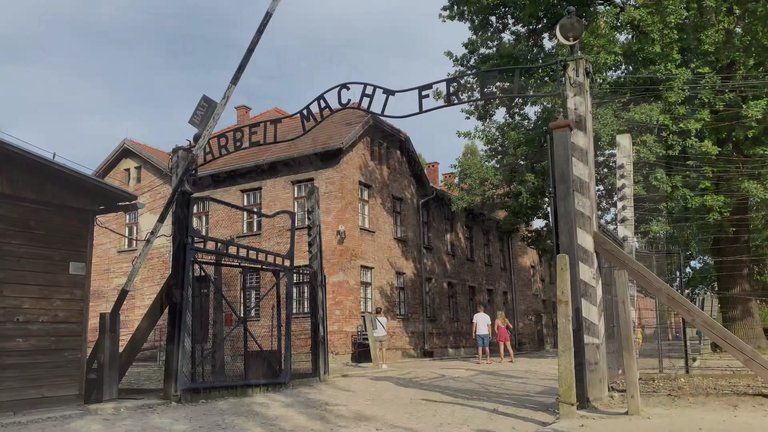
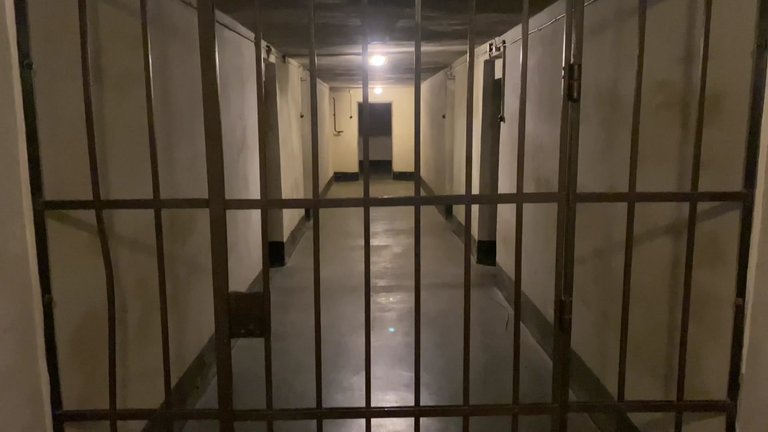
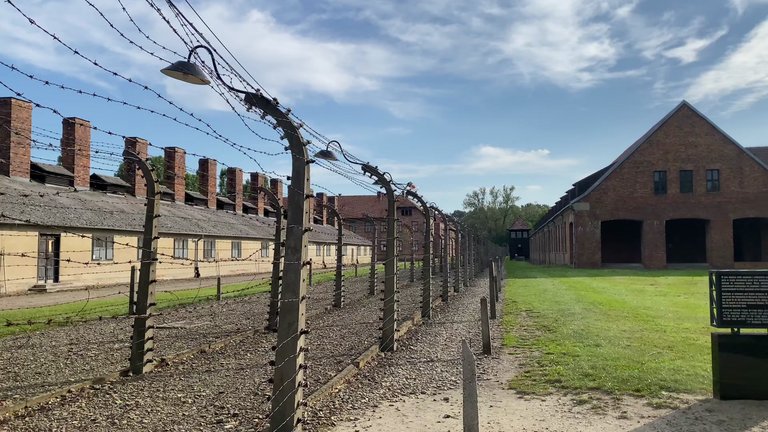
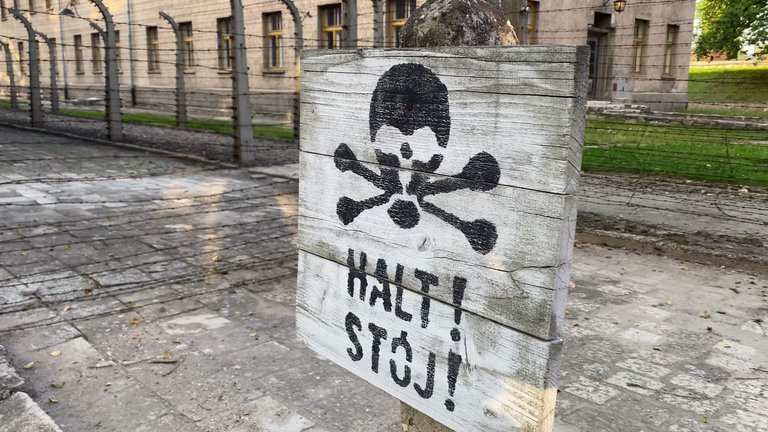

After a bit of rest, we returned to Bratislava under the influence of the new journey and the capital Kraków.
It’s amazing how Kraków blends history, culture, and beauty all in one place. I could really imagine myself walking through the medieval square and hearing the incomplete trumpet melody.
Congratulations, your post has been added to the TravelFeed Map! 🎉🥳🌴
Did you know you have your own profile map?
And every post has their own map too!
Want to have your post on the map too?
- Go to TravelFeed Map
- Click the create pin button
- Drag the marker to where your post should be. Zoom in if needed or use the search bar (top right).
- Copy and paste the generated code in your post (any Hive frontend)
- Or login with Hive Keychain or Hivesigner and click "create post" to post to Hive directly from TravelFeed
- Congrats, your post is now on the map!
PS: You can import your previous Pinmapple posts to the TravelFeed map.Opt Out
This post was shared and voted inside the discord by the curators team of Discovery-it in collaboration with Visual Shots community.
Discovery-it is also a Witness, vote for us here
Delegate to us for passive income. Check our 80% fee-back Program
!discovery shots
Beautiful building and very extraordinary.
Congratulations @belico! You received the biggest smile and some love from TravelFeed! Keep up the amazing blog. 😍 Your post was also chosen as top pick of the day and is now featured on the TravelFeed front page.
Thanks for using TravelFeed!
@for91days (TravelFeed team)
PS: TravelFeed is in social media to reach more people, follow us on Facebook, Instagram, and X.
Congratulations, your post has been added to WorldMapPin! 🎉
Did you know you have your own profile map?
And every post has their own map too!
Want to have your post on the map too?